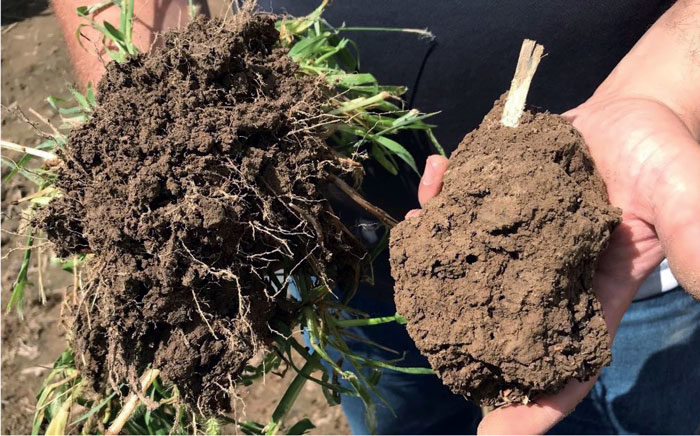No-Till Farmer
Get full access NOW to the most comprehensive, powerful and easy-to-use online resource for no-tillage practices. Just one good idea will pay for your subscription hundreds of times over.

LOSING SOIL CARBON. Longtime NRCS soil conservationist Barry Fisher says studies show that many of the most productive soils in the U.S. have lost more than half their soil organic matter (soil carbon).
Longtime soil conservationist Barry Fisher says improving soil health requires well-planned, step-by-step actions aimed at specific goals. However, taking those steps can seems daunting, especially if they add complexity to a system that seems to be working well. In fact, making these changes can sometimes cause unintended ripple-effects to yields and bottom lines.
Fisher recently retired from a post in the Soil Health Division of USDA-NRCS and currently operates Fisher Soil Health, a consulting firm specializing in soil health and regenerative farming. He serves as a Certified Crop Advisor for the Midwest Cover Crops Council and is a 38-year member of the Soil and Water Conservation Society. He and his wife, Michael, operate a cash grain and livestock operation in west central Indiana.
“I can understand it’s easy to be complacent about soil health, particularly when overall yields continue to climb, and growers are raising some of the best crops of their careers,” he says.
“Psychologically, it’s a challenge to make management decisions which pose risks to a long string of successful harvests,” he explains, adding: “A buck deer walks down the same path that it didn’t die on yesterday.”